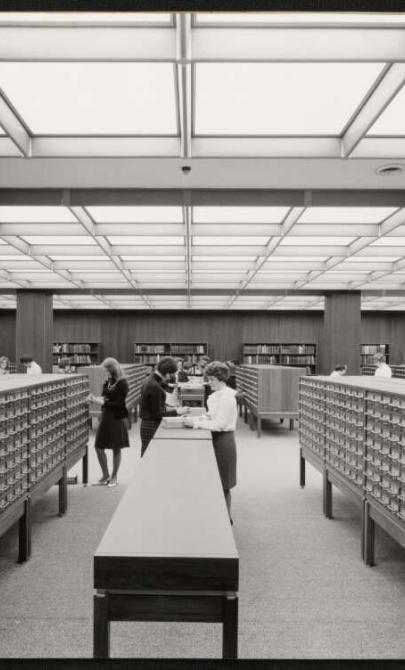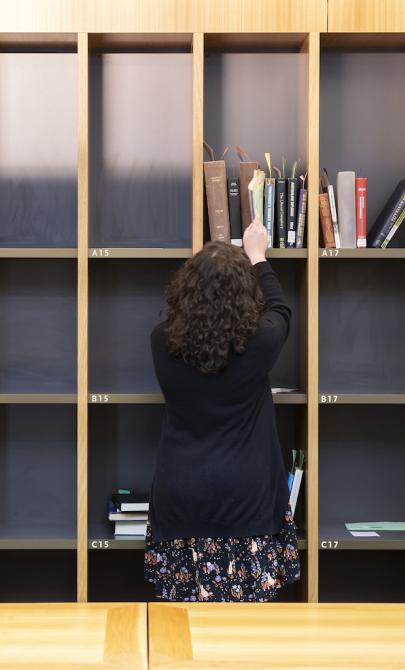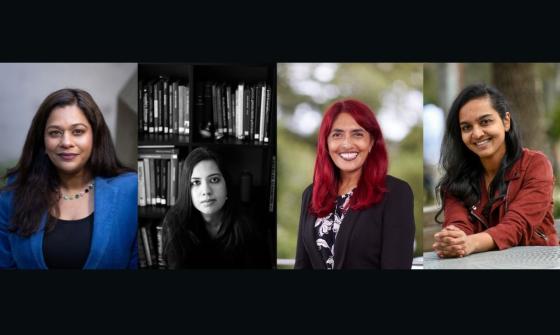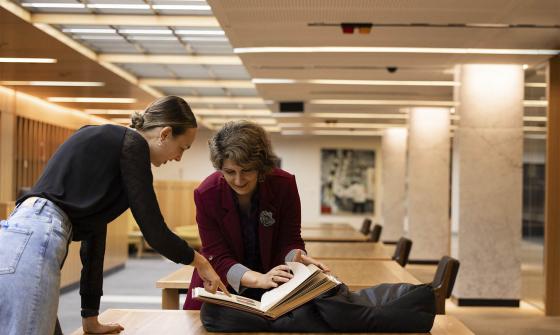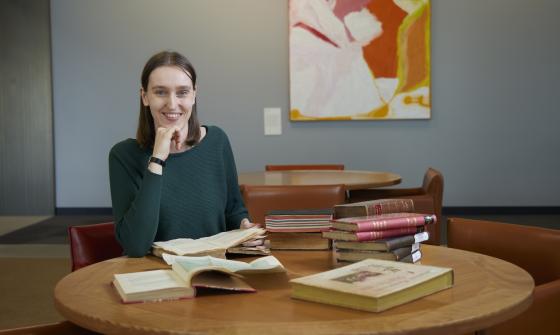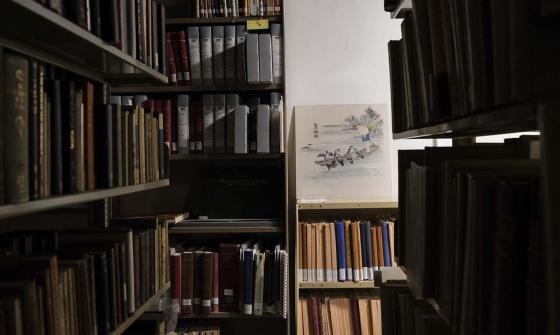Claasz Collection
Key items in the collection
Highlights from this collection demonstrate its historical significance and variety.
The Manfred Claasz Collection comprises about 200 books and pamphlets and 73 serial titles. Most of the works were published in Ceylon or relate to Ceylon, including its history, politics, botany, fauna, national parks, the tea industry, ancient cities, paintings and other arts. There are several tourist guides and similar publications. The serials include:
- Tropical agriculturist (1883-86)
- Royal College magazine (1953-60)
- Journal of the Dutch Burgher Union of Ceylon (1908-33),
- Bulletin : the journal of the Ceylon Planters' Society (1948-72)
- Tea quarterly (1933-38, 1967, 1975-84).
The Collection includes a number of manuscripts and archival records of the tea industry in Ceylon and particularly the estates of the Scottish Tea and Lands Company of Ceylon. There are also extensive records of the ANU Press, the National Gallery of Australia and the Snowy Mountains Engineering Corporation.
Of particular interest is an ola (palm leaf) manuscript which a friend of Claasz had found in an antique shop in Colombo. Almost certainly written in a Buddhist temple in the early nineteenth century, it is in old Singhala and deals with the casting of horoscopes.
The collection contains 11 maps (35 sheets) of Ceylon. They comprise several maps issued by the Survey Department of Ceylon, including one of Haputale (1966), and two British Admiralty charts of coasts of Ceylon (1910, 1913). There is also a diazo print of factory plant at Haputale.
From an early age, Claasz created and accumulated personal papers and the collection documents in great detail his life from his schooldays in Ceylon until about 1990. The papers include school reports, certificates, family letters, diaries, notebooks, general and personal correspondence, job applications, scrapbooks, newspaper cuttings and photographs.
About Manfred Claasz
Background to the collection
In 1984, the first instalment of the collection was donated by Claasz under the Taxation Incentives for the Arts Scheme. He donated a second instalment in 1993.
The printed materials in the Claasz Collection are catalogued individually and kept together in Asian Collections.
The maps are catalogued individually in the Maps Collection.
The manuscripts and personal papers are kept together within the Manuscripts Collection. The papers have only been roughly organised and access to them is restricted. Use the finding-aid.
This guide was prepared using these references:
- Tina Faulk, A treasure concealed in the palm, National Library of Australia News, vol. 6 (7) April 1996, pp. 6-8


